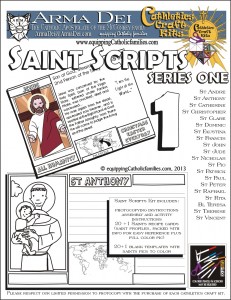 Instructions for Parents I recommend that you meditate on Luke 17:11-19 in your own prayer time before presenting it to your kids. If you’re not sure how to do this, look at last Thanksgiving’s meditation. Talk to the Lord about it from your heart. Ask Him to teach you to be truly grateful, and to lead your children towards thankfulness.
Instructions for Parents I recommend that you meditate on Luke 17:11-19 in your own prayer time before presenting it to your kids. If you’re not sure how to do this, look at last Thanksgiving’s meditation. Talk to the Lord about it from your heart. Ask Him to teach you to be truly grateful, and to lead your children towards thankfulness.
Next, read and discuss the passage with your children. Use your favorite children’s Bible. Define any words they may not know. (I have highlighted some words in the meditation you may want to define before praying with them.)
Choose one or two of the optional activities at the end of this post to help them dig deeper into the meaning of the passage.
Finally, read the meditation aloud to them, pausing for several seconds to a couple of minutes after each of the first two paragraphs. Ask them to repeat the final prayer after you, sentence by sentence.
This meditation works best with children ages seven to ten. For younger or older children, see the variations. It is especially appropriate for those making their First Confession this year.
Read the meditation at Contemplative Homeschool.













